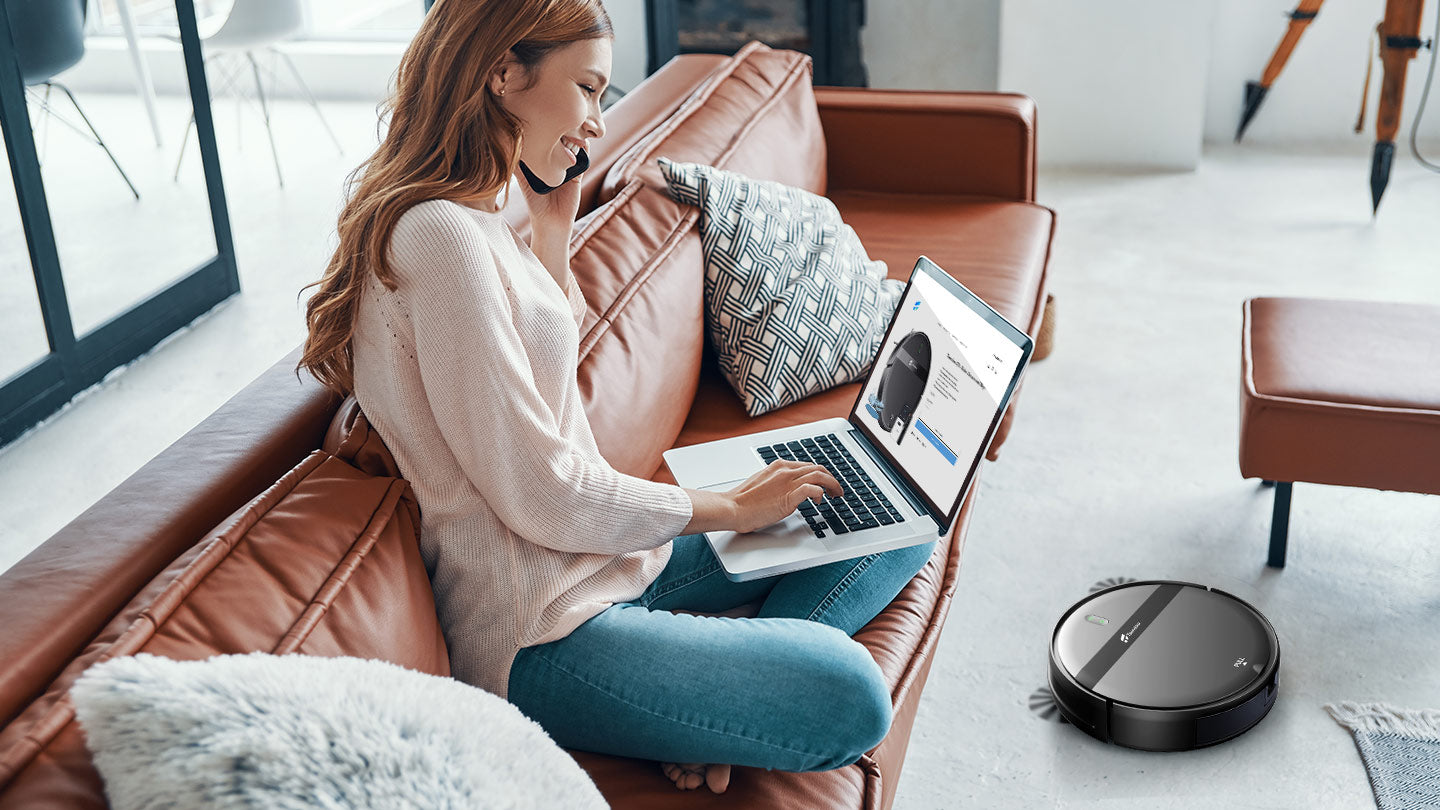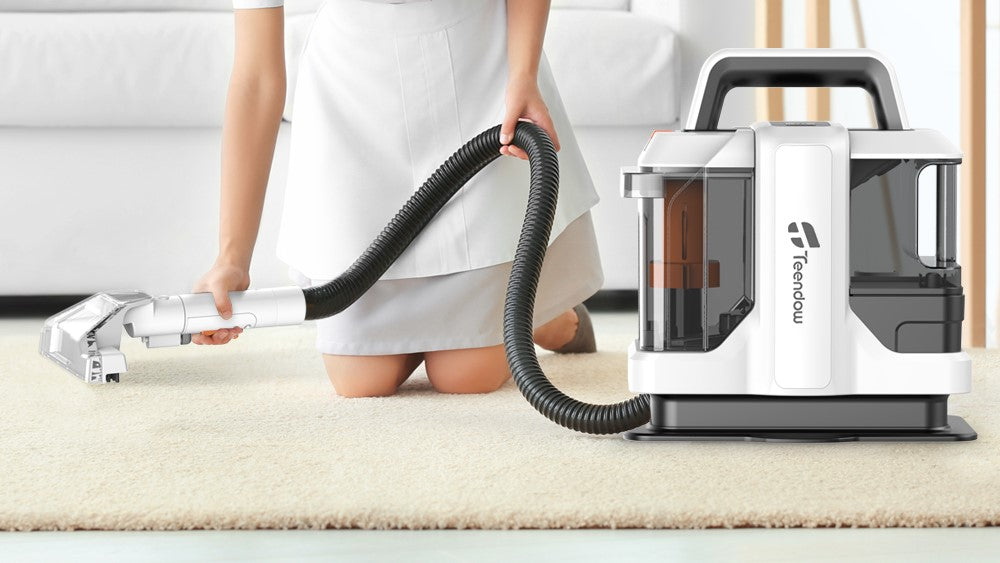Introduction
The development of vacuum cleaning robots has revolutionized the way we clean our homes. These autonomous machines have come a long way since their inception. In this article, we will delve into the evolutionary history of vacuum cleaning robots, exploring their key milestones and advancements that have shaped them into the intelligent cleaning devices we know today.

Early Beginnings
The concept of a vacuum cleaning robot first emerged in the late 1990s when several companies began experimenting with the idea of automated floor cleaning. The early prototypes were basic and had limited functionality. They often relied on random movements and lacked advanced navigation systems.
Rise of Intelligence and Navigation
In the early 2000s, vacuum cleaning robots witnessed significant advancements in intelligence and navigation capabilities. Companies started incorporating sensors, such as infrared and acoustic sensors, to detect obstacles and prevent collisions. These sensors enabled robots to navigate more efficiently and avoid falls down stairs.
Mapping and Localization Technologies
Around 2010, vacuum cleaning robots began incorporating mapping and localization technologies, such as simultaneous localization and mapping (SLAM). These technologies allowed robots to create maps of the cleaning area, improving their navigation and coverage. With SLAM, robots could adapt their cleaning path and remember areas they had already cleaned.
Integration of Smart Connectivity
In recent years, vacuum cleaning robots have embraced the era of smart connectivity. Manufacturers introduced Wi-Fi and app integration, allowing users to control and monitor their robots remotely. This advancement enabled features such as scheduling cleaning sessions, receiving cleaning notifications, and even controlling robots using voice commands through virtual assistants.
Advanced Cleaning Capabilities
Modern vacuum cleaning robots have not only improved their navigation and connectivity but also their cleaning capabilities. Companies have introduced more powerful suction systems, advanced brush designs, and specialized cleaning modes for various surfaces. Some robots even offer mopping functions, combining vacuuming and mopping in a single device.
Artificial Intelligence and Machine Learning
The integration of artificial intelligence (AI) and machine learning algorithms has significantly enhanced the capabilities of vacuum cleaning robots. AI-powered robots can learn and adapt to their environment, recognize objects, and optimize their cleaning patterns based on previous cleaning experiences. These advancements have improved efficiency and the ability to handle complex cleaning tasks.
Future Trends and Innovations
Looking ahead, the future of vacuum cleaning robots promises exciting advancements. We can expect to see further integration with smart home ecosystems, allowing robots to communicate and coordinate with other devices. Advancements in battery technology may lead to longer cleaning sessions and faster charging times. Additionally, robots may incorporate advanced sensors, such as lidar, for more accurate mapping and object recognition.
Conclusion
The development of vacuum cleaning robots has evolved from simple prototypes to intelligent cleaning companions. With each milestone, these robots have become more capable, efficient, and user-friendly. As technology continues to advance, we can anticipate even more innovative features and functionalities in the future. The journey of vacuum cleaning robots showcases the remarkable progress in robotics, artificial intelligence, and home automation, revolutionizing the way we approach household cleaning tasks.





Leave a comment
This site is protected by hCaptcha and the hCaptcha Privacy Policy and Terms of Service apply.